Beginners’ Guide
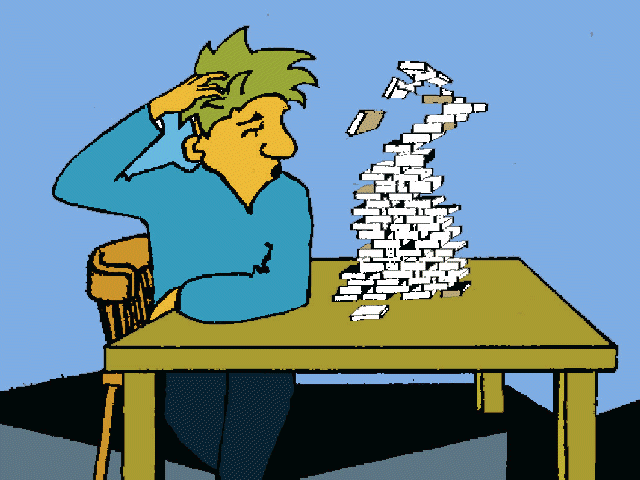
As a newcomer to the hobby of Phillumeny, you will almost certainly be confronted with a baffling selection of matchbox labels, and bookmatch covers. At first you may be anxious to possess them all but, as time goes by, you soon discover that to achieve such an ambition is an impossibility. That is the time when you decide to specialise in the types of matchbox labels, matchboxes, bookmatch covers or matchbooks that interest you the most. How to specialise and in what to specialise is a matter of personal choice.
This Beginners’ Guide is based on a series of articles Tony Gallaher wrote for the Match Label News. Tony was Editor of the magazine from March 1996 until March 2001. His widow later endowed the Society with a memorial award: The Tony Gallaher Award, which is presented annually to the best contributor to Match Label News.
Single-Top labels

For many years the most popular type of label, especially among British collectors, was the single-top label. Not too many years ago this was the most common type of matchbox label to be found in the United Kingdom. It is seldom, found on contemporary made boxes of matches.
The single-top label, as its name implies, is simply a one-panel label that is affixed to the top of a matchbox; it usually has either blue or yellow backing paper, but it can also be found stuck to a pre-printed, skillet-type box. This type of matchbox label is usually very easy to remove from the matchbox and is not too difficult to mount into albums for storage and display – hence its popularity with most collectors of matchbox labels.
All-round Labels
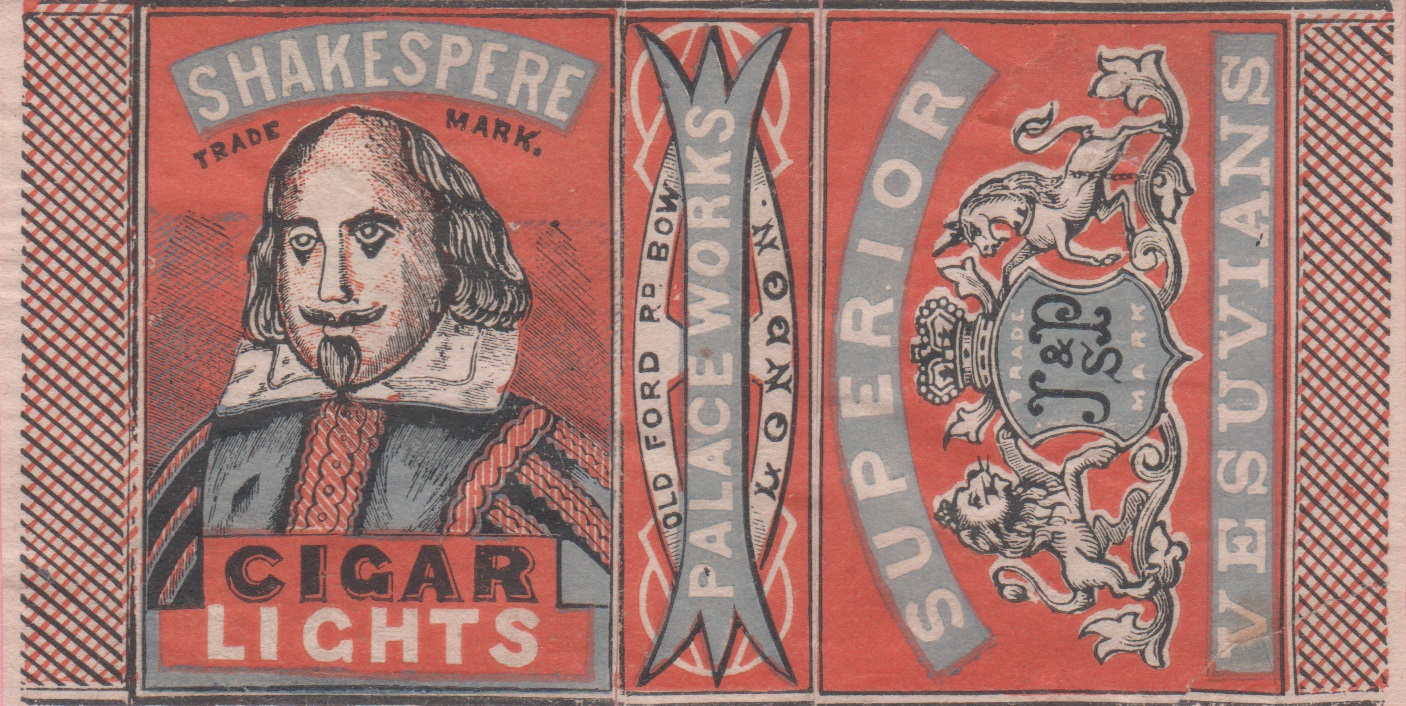
The all-round label, also known as an ARTB, have been obsolete in the United Kingdom and most other countries of the world for many years now. This type of label wrapped around the entirety of the matchbox and, when collected, should always be kept intact. Never, ever cut the label into sections like the old-time collectors used to do; such a practice renders the label worthless, especially when compared to a complete, uncut specimen. The all-round label was used on British-made matches from the early 1830s until the late 1970s when it was superseded by the skillet, which has its design direct printed on card.
Not strictly an ARTB in the accepted sense of the word, is the pillbox label. This sort of label wrapped around the outside of a cylindrical box. It was found mainly on matchboxes made in Austria, but was in common use in Australia and New Zealand in the early years of the 20th century. Pillbox match containers usually had a small, circular label on the lid of the box. Such labels are now very scarce and certainly worth collecting.
Skillets
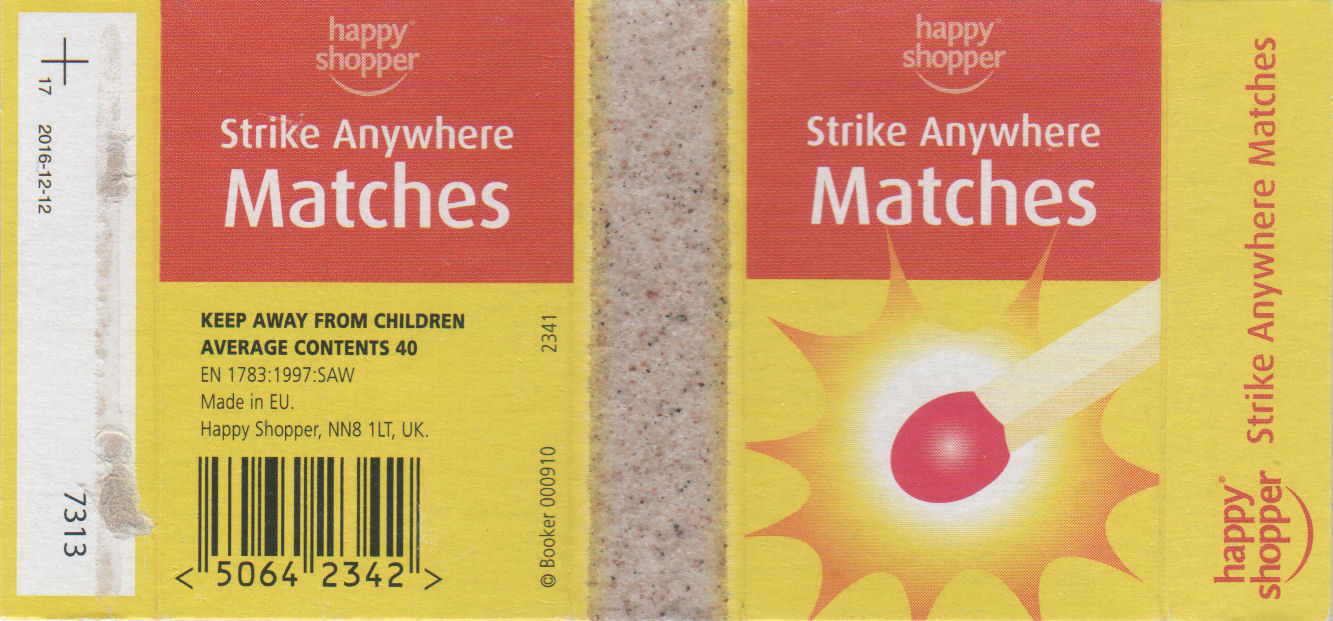
As a general term used by collectors, “Skillet” is a matchbox cardboard outer where the design is printed directly onto the outer surface. It is the most common type of matchbox being manufactured today. The skillet is not, in the strictest sense of the term, a matchbox label. Skillets are thicker and heavier than labels, and therefore fewer can be mounted on pages and held within an album. Like the older all-round-the-box labels though, skillets should never be cut into panels; they can be opened out at their join and flattened but they should always be kept intact.
Packet-Size Labels

Many collectors class packet-size labels as matchbox labels and collect them accordingly. The packet-size label is often known as the dozen or gross label, but quite often the packets on which they are used may contain just half-a-dozen boxes. Originally the dozen-size label was affixed to packets of 12 boxes and the gross-size label was affixed to packets of 144 boxes. Sometimes, however, a so-called dozen-size label may be used on a packet of 10 boxes and a so-called gross-size label may be used on packets that contain 100 boxes; through common usage they are still known as dozen and gross sizes.
Such labels are often neglected by collectors, mainly because they are not easy to come by and, because of their size, they are not so easy to mount. It often follows that a packet-size label is worth more than a similar box-size label, simply because of its comparative rarity; this is especially true for the older varieties. A set of box-size, dozen-size, and gross-size labels is a rarity indeed and well worth collecting. Such labels should not be completely disregarded, therefore, because, apart from their comparative rarity, they also often contain information that cannot be found on their box-sized counterparts.
Packet-size labels are not normally being used for today’s matches; with manufacturers favouring packing their boxes in pre-printed wrappers or plain clear packs. Wrappers are really in a class of their own and cannot be called matchbox labels in the strictest sense of the word. However, if you can find one intact, take time to flatten it out nicely, and mount it properly then it can only enhance and help complete your collection.
Bookmatch Covers (Matchcovers)
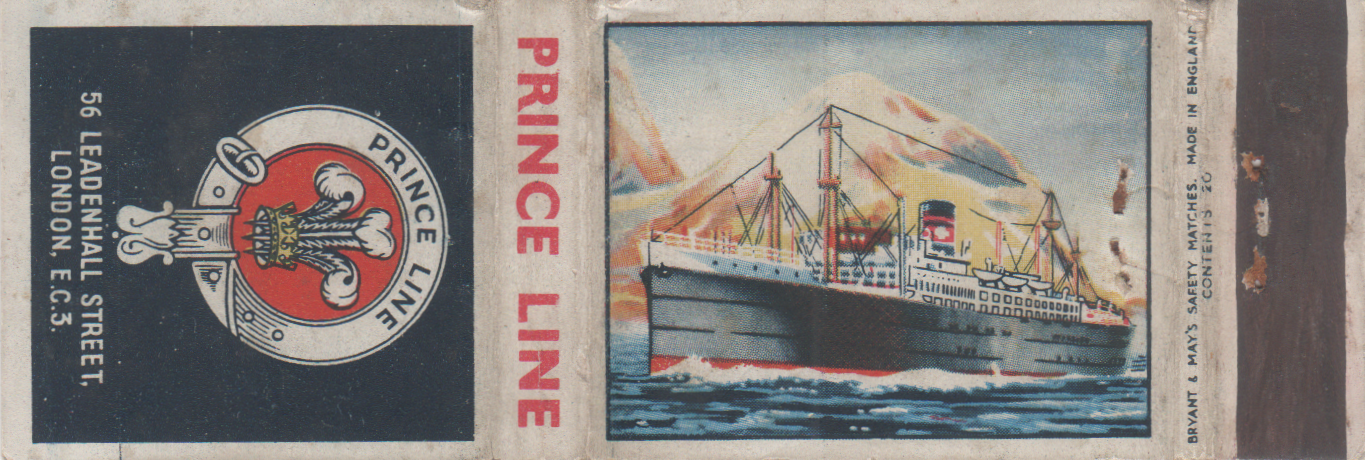
You must also seriously consider bookmatch covers (called matchcovers in North America). When the matches are removed from a bookmatch and it is flattened out you are left with the bookmatch cover. Many British collectors reject these because they were not so widely used in the United Kingdom. In the United States, however, matchcover collectors are in the majority; many American collectors are interested only in matchcovers and have very strict rules regarding their hobby.
Cover collecting was once considered to be an offshoot of label collecting but it has developed into a hobby in its own right, especially among people who are interested in all kinds of advertising media.
Some collectors are interested in both labels and booklets (the older name for the bookmatch) and collect both with same degree of enthusiasm. This is especially true if a collector has chosen a specialist subject. For example, if you have chosen to specialise in, say, transport, it follows that you will be interested in all aspects of transport and collect both labels and covers in that theme.
Even if you do not specialise there is no reason why you should not have a mixed collection of labels and covers. But you must remember that, because of that vast quantities of material available, you will soon have to specialise just to keep your collection at a manageable level.
Hardware
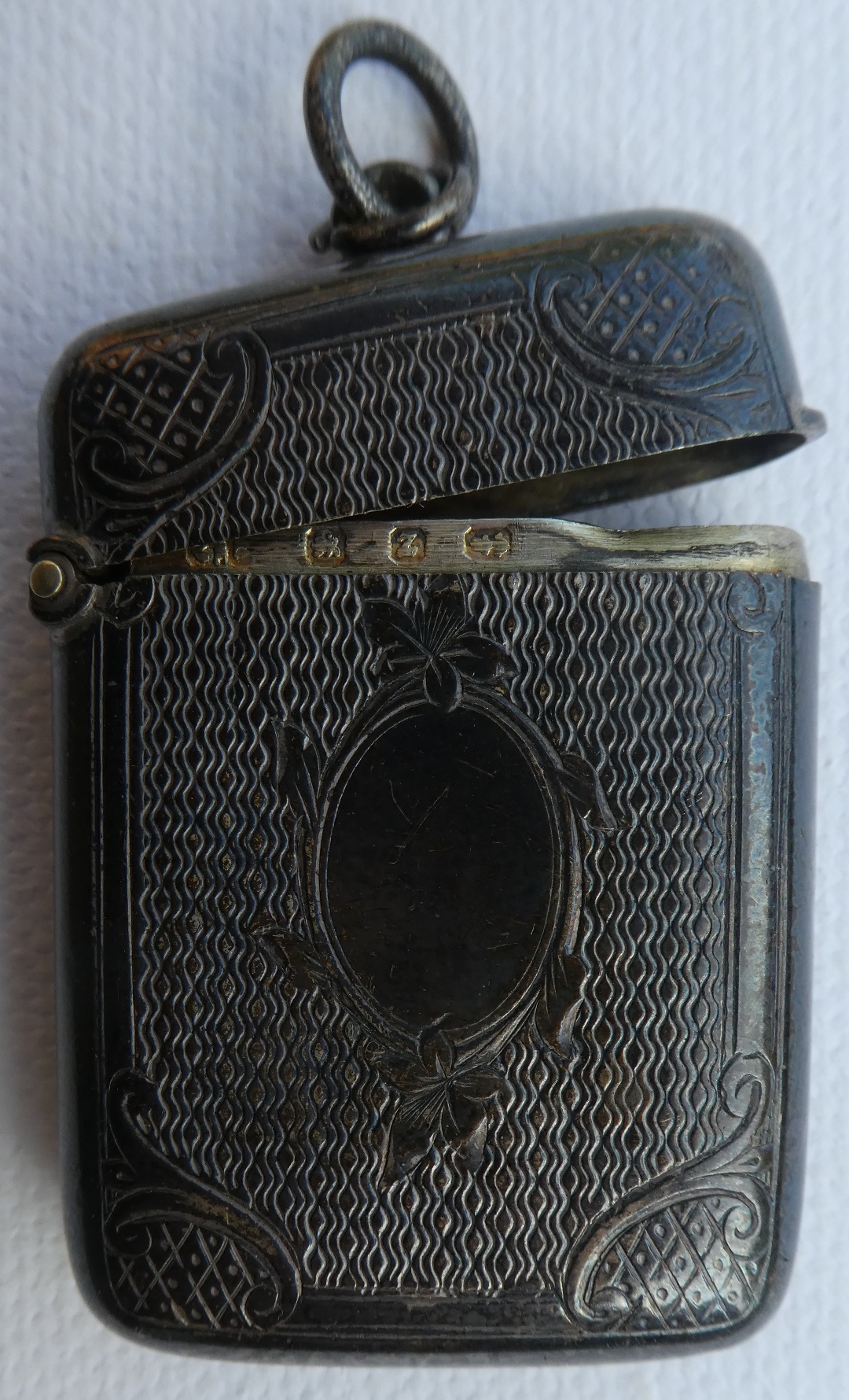
Another offshoot of label collecting is that of collecting hardware. Hardware is the name usually given to the multiplicity of match strikers and containers that were in common use from the early 19th century to the middle of the 20th century and, to some people, this aspect of the hobby also includes other, earlier, fire-making devices such as tinderboxes.
Match strikers and containers were often made of brass, china, wood, or silver. The range of materials from which containers were made seems as limitless as the range of the designs in which they came, many of which were both novel and amusing.
The hardware category also includes the many metal matchboxes that were produced by bona-fide match manufacturers to contain their products; such items are sometimes both rare and interesting. However, true hardware specialists are probably most interested in the silver vesta holders that many a Victorian gentleman would dangle from his waistcoat pocket.
Like bookmatch covers (matchcovers), collecting hardware has developed into a hobby in its own right, having branched off from the world of matchbox labels to the world of genuine antiques. Many items of hardware are indeed antiques and are sought after by collectors other than those interested in the hobby of matchbox label collecting. Such a demand has made hardware collecting an absorbing, but expensive branch of the hobby.
Complete Boxes
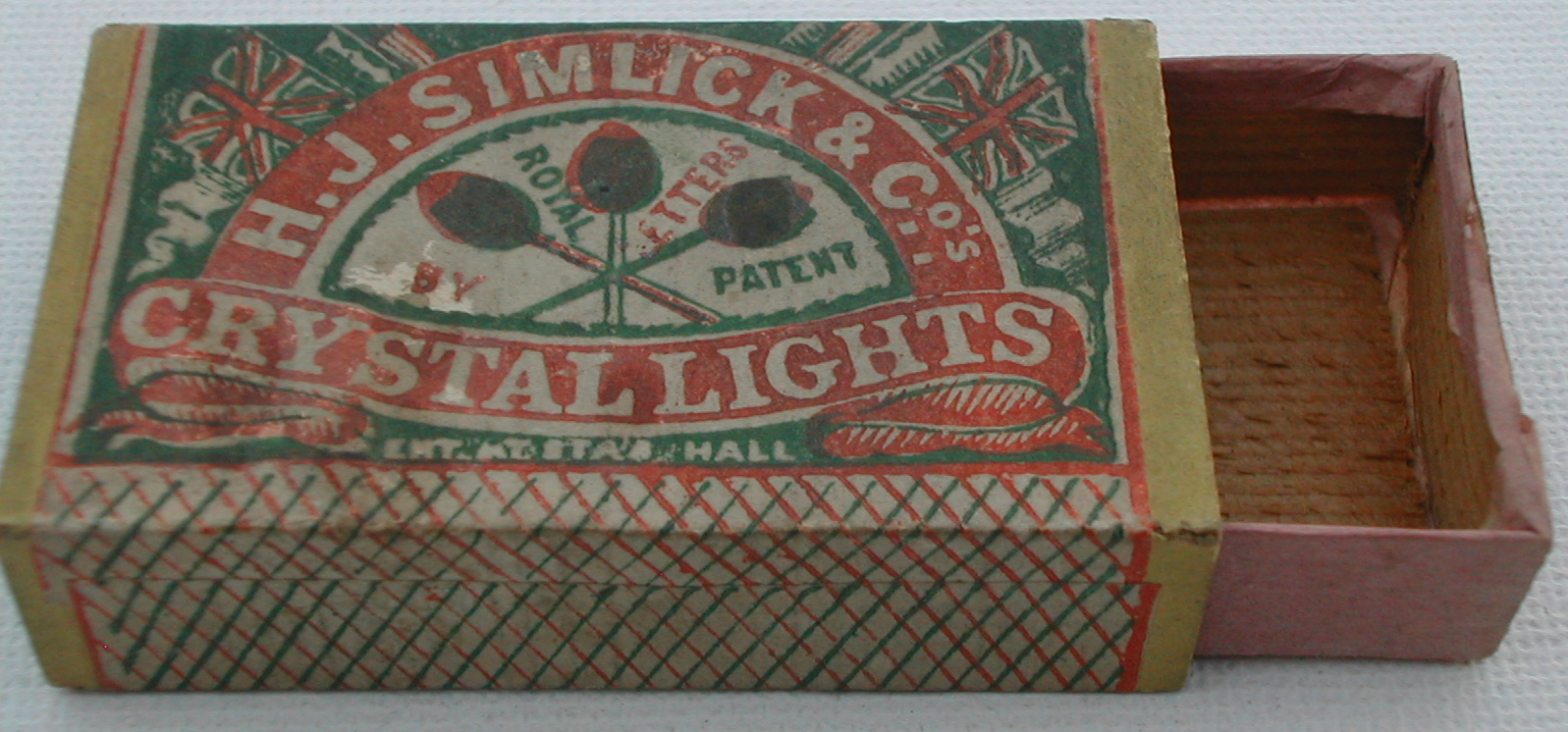
Yet another by-product of the main hobby of collecting matchbox labels is the collecting of entire matchboxes, complete in some cases with their fiery contents. Complete boxes of matches, especially if they are very old, can make a very interesting specialist subject and can be used to display and demonstrate the many different varieties of match that people once used in years gone by.
Although more difficult to come by these days, complete boxes of Fusees, Vestas, Wax Vestas, Braided Vestas, Bengal Matches, Vesuvians, and Congreves all make the ubiquitous box of matches very interesting to a non-collector. They also provide people with a unique and valuable insight into how ordinary folk lived 100 or more years ago.
However, apart from the amount of physical space needed to house such a collection, the main disadvantage of this sort of specialisation is that very old and complete boxes of matches are not so easy to find. Some seldom seen outside of a museum, thus making them much rarer. As a result, they are also very expensive to buy!
At the same time, you must remember that a house which is full of boxes of live matches constitutes an increased fire hazard. If you do collect matchboxes complete with their matches, do the right thing and ensure that you get your house fire insurance premiums adjusted accordingly!
Hobby literature


Every good collection should be researched and written up; it makes the collection more interesting to a layman, and always increases your own enjoyment of the hobby.
Much has been written about collecting matchbox labels: the works range from photocopied or duplicated, typewritten lists of labels to commercial hardback books in full colour. In between, however, there have been several well-researched, comprehensive and inexpensive catalogues written in recent years.
In the past, there has also been some illiterate, badly produced and expensive rubbish published in the name of the hobby, but the least said about that the better!
If you take it all round, however, most publications and catalogues on the hobby have been written by well-informed and well-meaning individuals whose efforts have really enhanced other collectors’ enjoyment of the hobby.
Increasing your collection
Matchbox labels are available from many sources. In the past many collectors begin their collections by finding matchboxes discarded in the road, along the sea front, and gifted from friends and family. But, today these methods of adding to a collection are far less rewarding. The best way to increase a collection is to join a club and attend meetings, where there are plenty of matchbox labels available for purchase or exchange. There are also many on-line auctions and dealer web sites where you can buy matchbox labels.
Joining a Club
Without doubt the best way to increase the number of labels in your collection is to join one of the many label collectors’ clubs – there are almost certainly a local club somewhere near where you live. The most useful, national club to join is the British Matchbox Label and Bookmatch Society, which was founded in 1945. It is one of the largest clubs of its kind in the world.
The membership list of the British Matchbox Label and Bookmatch Society is international and many members express their willingness to exchange labels – what may be a common label in your part of the world may be a comparative rarity somewhere else.
Swapping with other collectors

Having joined a club or society, you usually receive a list of other members’ names and addresses, most of whom are willing to exchange labels; they also give a guide as to the kind of labels in which they are interested. It is a sad fact, however, that in almost every club or society there are so-called “rogue” collectors who are out for what they can get without giving anything in exchange. They often say that they are willing to exchange while, in fact, the reverse is true. Happily the British Matchbox Label and Bookmatch Society does not have too many of that type of collector; they do not often remain as members for long anyway.
Having decided with whom you want to swap labels, start off your relationship slowly. At first send other collectors a dozen or so not-too-rare labels, preferably within the scope of their specialist theme or group. Always include a cover letter to say who you are, where you found the other collector’s name and address, and give an indication of the types of label (if any) in which you specialise, tell the person about the type of labels that interest you the most.
If the other collector replies within a short period, with some labels enclosed, then you may have a contact. Then it is best to gradually build up your relationship with the other collector until you have established that you can exchange favourably on both sides. Remember that the person to whom you have written does not, at first, know anything about you and may even think that you are a “rogue” collector. It takes a little time to build up a satisfactory relationship with another collector but having established the relationship, it can only be to your mutual advantage.
Sometimes you find that the other collector has a “wants” list. This can be very useful in determining what type of labels to send in exchange. Compile a wants list of your own, but do try not to ask for old rare labels, such as very old British, the type that seldom, if ever change hands. Beware also of the collector who wants old labels only but offers you modern Eastern European, modern German or modern Japanese labels in exchange; be sure that what the other collector offers you is equal to what you can offer to the other collector. Likewise, always offer other collectors the equivalent to what you want to receive in exchange. You will soon discover, however, that “rogue” collectors are very much in the minority and experience in exchanging labels soon tells you who to trust and who not to trust.
A further word of advice; never send dirty or torn labels to another collector for exchange purposes, unless you want to receive similar labels in return. Always handle other collectors’ labels with care – they are not yours until the exchange deal has been agreed. Finally, please refrain from marking the back of a label with some form of identification, such as a rubber stamp. Such a practice defaces the label and detracts from its potential value.
Advertising for labels
To find really old labels, it could pay to advertise in your local newspaper or corner shop; you could even attend local auctions or visit local junk shops in your search for additions to your collection. It is possible to find complete, old collections in this way – but it can take time. Not many old collections appear on the market, but when they do they are relatively inexpensive and well worth any trouble that you may have had to track them down.
Advertise the fact that you collect matchbox labels by telling all your friends and relations. It is almost certain that someone will come up with something new or even be able to put you onto an old collection that may be for sale. Once friends know that you collect matchbox labels, they often go out of their way to help you. One word of advice however, never appear to be displeased with a label someone has taken the trouble to save for you. Not only is it impolite but it will discourage that person from looking out for new labels for you – who knows, perhaps that person will one day come up with something really worthwhile.
Buying on-line
Online auction sites (e.g. eBay) often have matchbox labels, matchboxes, matchcovers and all types of match-related material for sale, though the prices can vary widely. Many dealers also have on-line shops, and although the vast majority of vendors are totally reputable it is always worth carefully studying the description and images to assure yourself that what is being offered is genuine and in good condition.
Buying from Dealers
If you have a lot of money and you want to amass a large collection very quickly, you can always contact one or more of the few people that deal in matchbox labels and other match-related materials. These items from dealers can run in price from a few pence to several pounds or even more, depending on the rarity of the item as interpreted by the dealer. It is possible to buy many old labels from dealers at reasonable prices and thus add to your collection labels that you might not otherwise see.
Dealers are, by and large, an honest group of people – many have been providing a valuable service to collectors for a good number of years – but you may, just once in a while, find that you have been overcharged for a given label. It pays to shop around for labels as with anything else that you buy. Try to avoid dealers that consistently overcharge, unless you want their labels so badly that you are prepared to pay anything for them. Usually the prices that dealers ask are fair ones, based on their own experience and the market supply and demand. For example, if a certain type of label is in vogue, the price is higher than for one that is not so popular. It does not follow that the more expensive label is rarer than its less-expensive counterpart, it simply means that the demand for the more expensive label is in excess of the supply. There is a simple rule to follow when buying labels from dealers or anyone else – if they seem too expensive, just do not buy them.
Dealers, however, can be very useful in helping you track down that elusive label you need to complete a set, or helping you with obtaining obsolete labels from a certain country or manufacturer. It can pay to build up friendships with reputable dealers so that they know precisely what to send you. Dealers, unless you indicate otherwise, are working in the dark as far as knowing about the types of label that interest you the most. Always remember that any labels that dealers send you on approval are part of their stock, which is tied up while in your possession. Always return any unwanted labels as soon as you can.
Beware of dealers with whom you have not had previous contact who send you labels on approval without you having asked for them. If you receive unsolicited labels from a dealer, you are protected by law. Write to the dealer saying that you do not want the labels and you would appreciate it if the labels were collected by the dealer as soon as possible. If the dealer does not reply, or does not ask for the return of the labels within six months, they are yours to keep. Follow this procedure only if you don’t know the dealer who sent you the unsolicited labels; don’t do it with a dealer from whom you have bought labels in the past.
Buying at Auctions
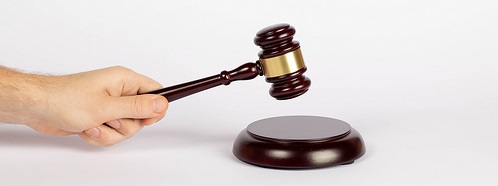
Many matchbox label collectors’ clubs hold informal auctions at their meetings and it is possible for you to add your collection by bidding for lots at such auctions. You will not always get a bargain, but it does happen and you can come away from the auction suitably rewarded. In more recent years on-line auction sites have offered many collectors items. These reach a wider number of collectors and as such bidding can get expensive.
Be careful not to get carried away at auctions by bidding beyond a price that you can afford – give yourself a price limit, based on what you think the labels are really worth and how badly you want them. You may often find that you want only one or two labels from an auction lot of 30 or more. Consider this when you are bidding; you could pay a lot more for the labels that you want than they are really worth.
Some collectors at auctions must have inexhaustible funds; they are prepared to pay anything for the labels in which they are interested. Look out for such people and avoid bidding against them. You will not often beat them but, if you do, you will certainly have paid more for your labels than you should have.
At the end of the day, it is your collection and you can pay as much as you like for whatever labels take your fancy. These words here are not hard-and-fast rules, they are merely guidelines based on experience over the years.
Looking after your collection
Your collection is precious so look after it. Good practice in handling and storage of your collection is essential. Never cut any of your matchboxes or bookmatches (matchbooks). If you are not collecting them complete, then carefully unfold them at the jointing edges. In the case of matchbox labels carefully soak them off in water, remove any traces of glue, dry them and mount them on paper using peelable hinges. Matchboxes made of cardboard (Skillet) should be parted at the jointing edge and mounted flat on paper using two or four photo-corners. In the case of bookmatches carefully remove the staple and matches and mount them flat on paper using two or four photo-corners. Do not remove the match striking part from the cover. It is recommended that you use A4 size (or A3 for larger items) 4-ring binders of good quality and mount on a good quality paper and insert two pages back to back in clear plastic copysafe pocket. Mounting on one side of the paper only. This is only a brief guide and expert guidance is advised, such as you can obtain from experienced collectors that are members of this Society. Other methods are used by some collectors. But, always be sure never to “cut” or “thin” any item and never use sticky tape, or proprietary mounting materials, such as mounting squares. Many collections have been rendered valueless by “cutting” and bad mounting methods.

